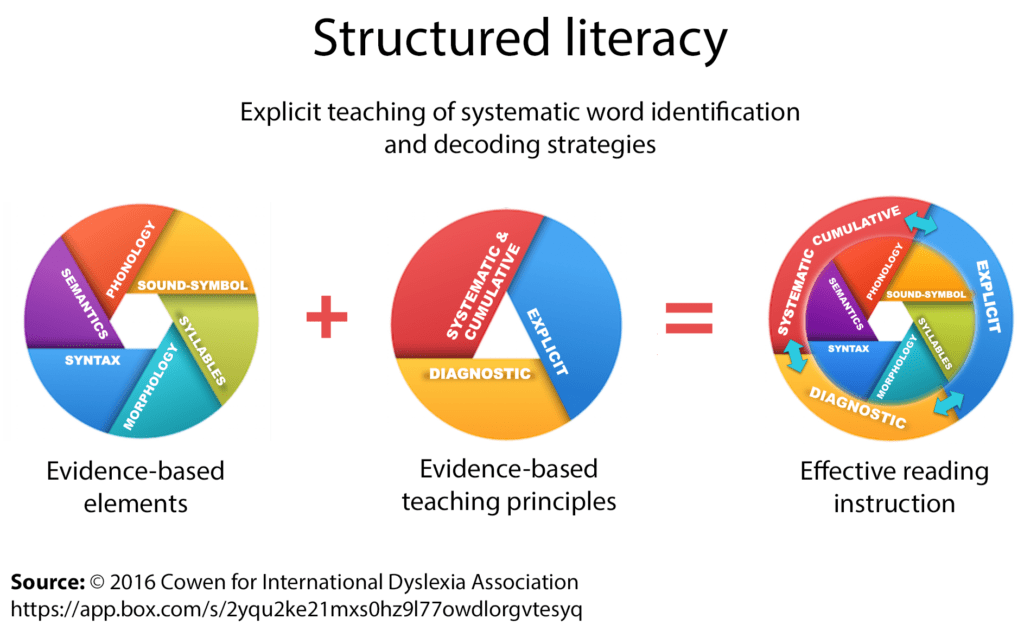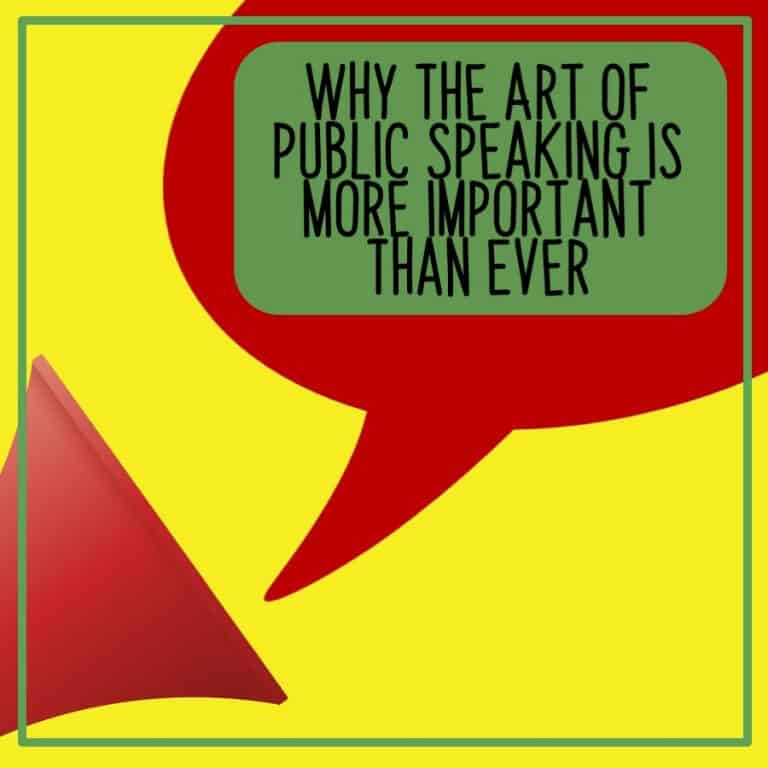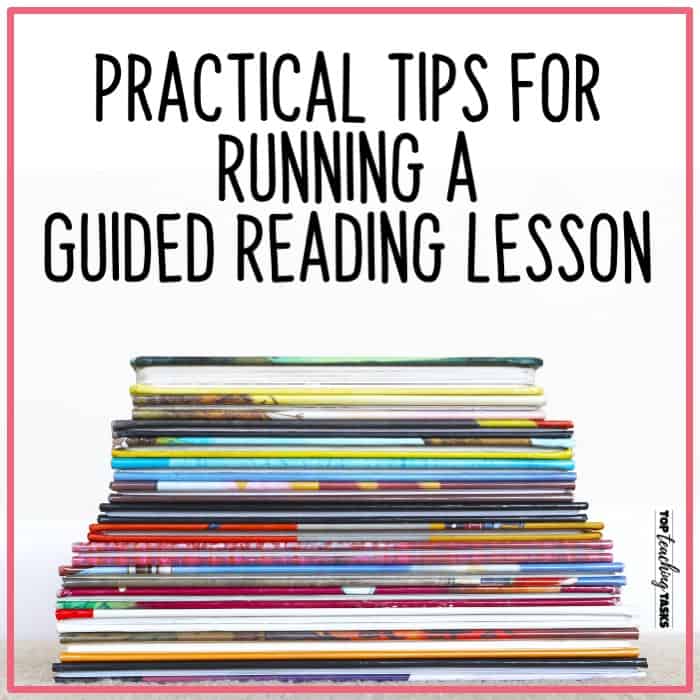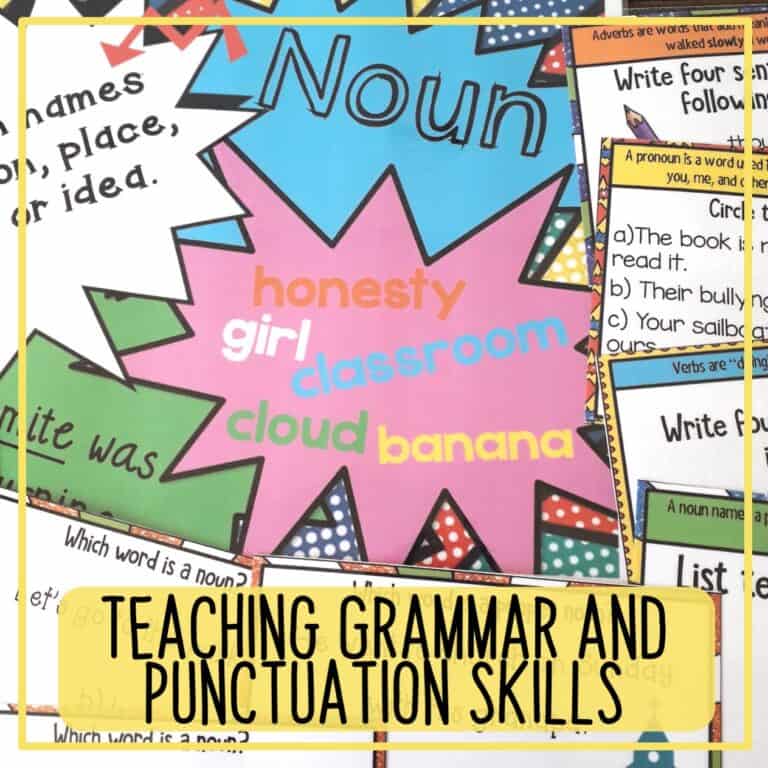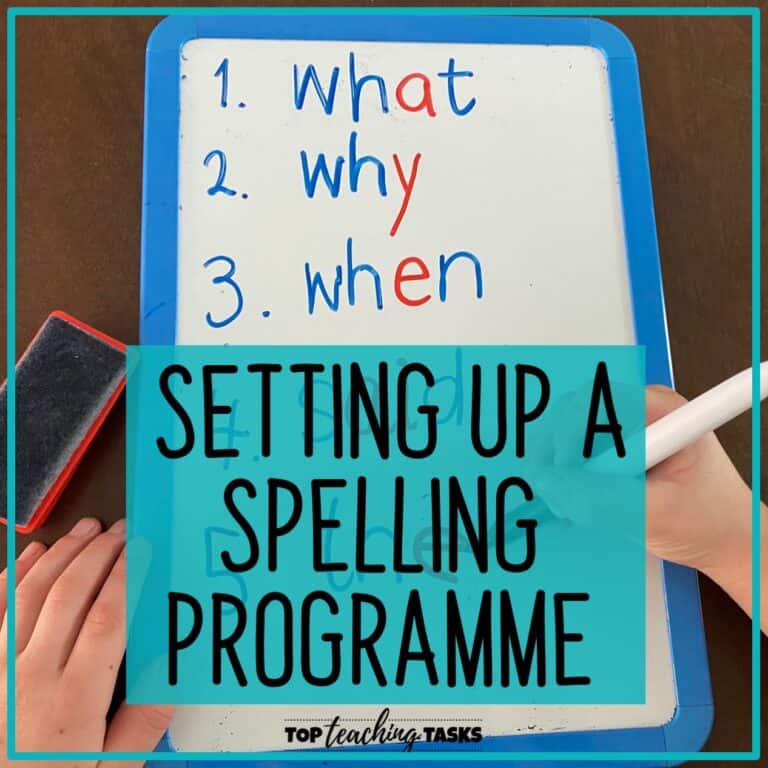Teaching Semantics to Increase Vocabulary
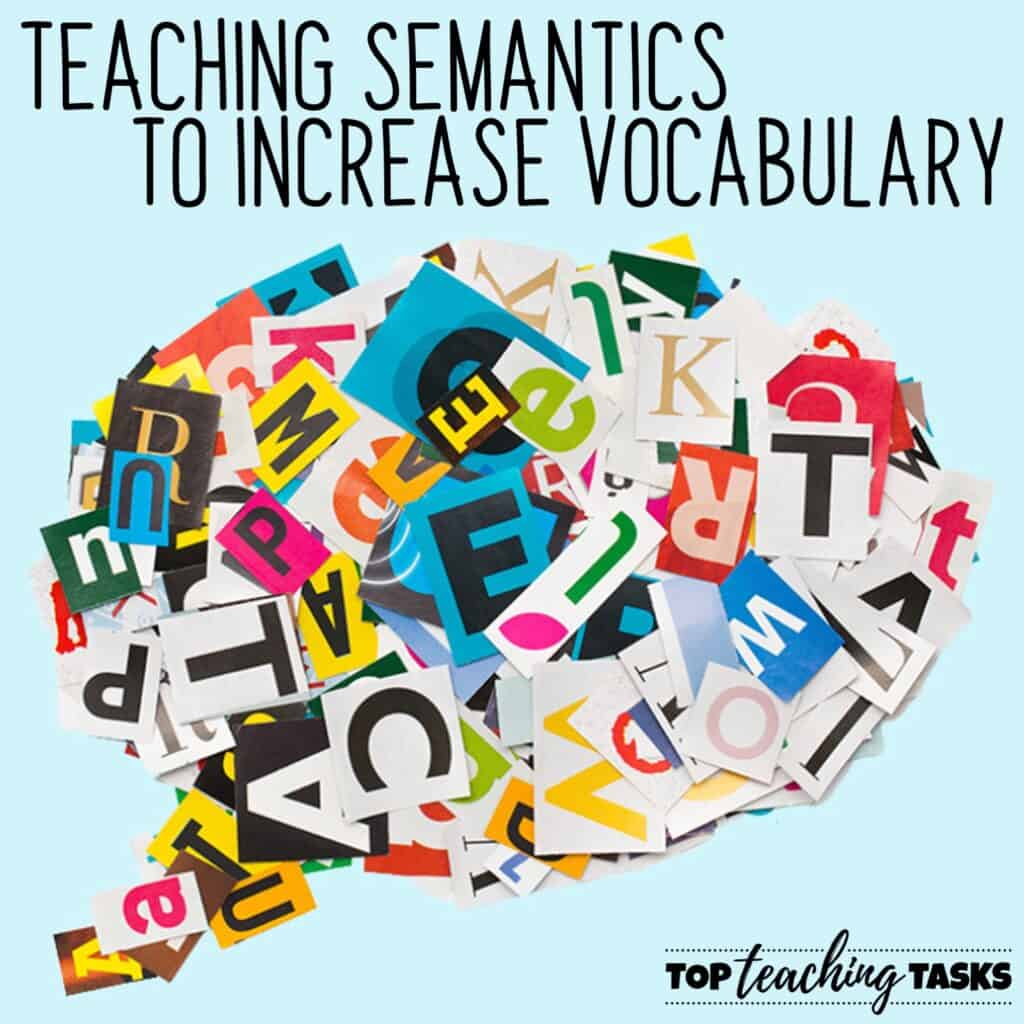
This blog post explains why explicitly teaching semantics is important, and how you can teach semantics to increase vocabulary. We also highlight some handy tools to do just that!
What is semantics?
Semantics is the study of meaning in language. It is concerned with how words and phrases are used to convey meaning, and how the structure of sentences contributes to that meaning.
So first off, what am I practically talking about when I talk about teaching semantics?
Semantics can include:
- Synonyms
- Antonyms
- Shades of Meaning and Connotations
- Homophones
- Homographs
- Homonyms
- How using context can help determine the meaning of a word
Why should you teach semantics?
Teaching semantics is a crucial part of language comprehension. As Gough & Tunmer (1986) explain in their simple view of reading, an individual’s reading comprehension is the product of their decoding skill and language comprehension. The knowledge of semantics, therefore, contributes to reading comprehension.

Teaching semantics helps students develop their vocabulary by introducing them to new words and phrases and helping them understand their meanings. This is important for reading comprehension and writing skills, as it enables students to use a wider range of words and express themselves more accurately and effectively.
Understanding semantics helps individuals think critically about the language they encounter. They can analyse the words and phrases being used and consider how they are being used to convey meaning.
Let’s get super practical for a moment.
A knowledge of semantics helps students in many practical ways:
- Learning to read: When children learn to read, they need to understand the meanings of words in order to comprehend the texts they are reading.
- Expressing themselves: As children develop their language skills, they will use semantics to express their thoughts and ideas accurately and clearly.
- Understanding instructions: Children need to understand the meanings of words and phrases in order to follow instructions and complete tasks.
- Participating in conversations: By understanding the meanings of words and phrases, children can more effectively participate in conversations and communicate with others.
- Making sense of the world: Children use language to make sense of the world around them and to understand the relationships between objects and events. By understanding the meanings of words and phrases, children can better understand and interpret the world around them.
Not convinced? Let’s check out what the experts have to say:
- As the primary goals of reading and writing are determining and communicating meaning, it is important for students to understand the meanings of words and how words function in sentences (NICHD, 2000).
- As the majority of words in English have multiple meanings or shades of meaning, it is necessary for the reader to be flexible in determining the author’s intended meaning of a word within a sentence (Castles, Rastle, & Nation, 2018).
- The most effective way to teach vocabulary is to show how new words relate to other words, especially ones that students already know. It is important to explicitly teach the relationships between words. (Literacy Teaching Toolkit, 2021)
- Vocabulary knowledge is fundamental to reading comprehension; one cannot understand text without knowing what most of the words mean. A wealth of research has demonstrated the strength of the relationship between vocabulary and comprehension. (Nagy, 1988).
- Not convinced? Read this blog post by The Education Hub “Effective Vocabulary Instruction“.
Where semantics fits within Scarborough’s Reading Rope

This image originally appeared in the following publication: Scarborough, H. S. (2001). Connecting early language and literacy to later reading (dis)abilities: Evidence, theory, and practice. In S. Neuman & D. Dickinson (Eds.), Handbook for research in early literacy (pp. 97–110). New York, NY: Guilford Press.
The Reading Rope (Scarborough (2001) shows the skills students need to become skilled readers. One of the key skills students need is an understanding of language structures. Semantics is an important part of Scarborough’s Reading Rope because it helps us understand the meaning of words and sentences and make sense of the overall meaning of a text (reading comprehension).
For example, when we make inferences while reading, we use our knowledge of semantics to understand the meaning of words and sentences and to draw conclusions about the text. Similarly, when we try to understand the main idea of a text, we rely on our knowledge of semantics to interpret the meaning of the words and sentences and to identify the key points being made.
In addition, the Reading Rope acknowledges background knowledge as an essential contributor to skilled reading. Understanding the meaning of words and how they relate to each other builds students’ background knowledge, which they can bring to new and more complex texts.
Where semantics fits within structured literacy
Semantics is one of the six evidence-based components of structured literacy.
Our Semantics Resources (and the WHY behind them)
Synonyms and Antonyms
Why teach synonyms and antonyms?
Teaching synonyms and antonyms helps improve both writing and reading. Understanding synonyms and antonyms can help students expand their vocabulary and become more proficient in using various words to express themselves. When reading, understanding synonyms and antonyms can help students better understand the meanings of words and phrases, improving their reading comprehension.
Click here to see our Synonyms and Antonyms resources.


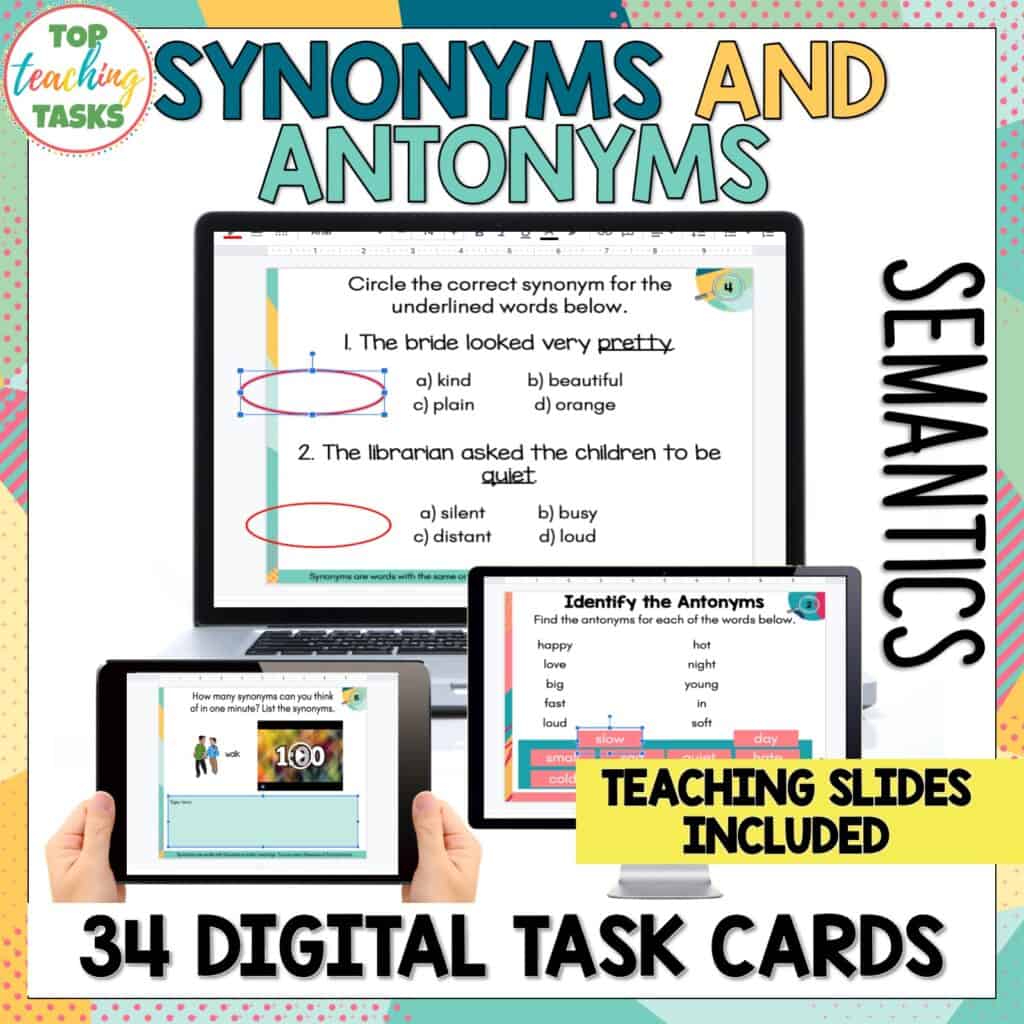
Homophones, homographs and homonyms
Why teach homophones, homographs and homonyms?
Words can have the same spelling or pronunciation, but different meanings. This can make things tricky for readers.
Learning about homophones, homographs and homonyms can help students to:
- Choose the appropriate word in the right context.
- Spell words correctly.
- Understand what they read, especially when they come to a word that has multiple meanings.
- Increase their vocabulary.
Click here to see our Homophones, Homographs and Homonyms resources.
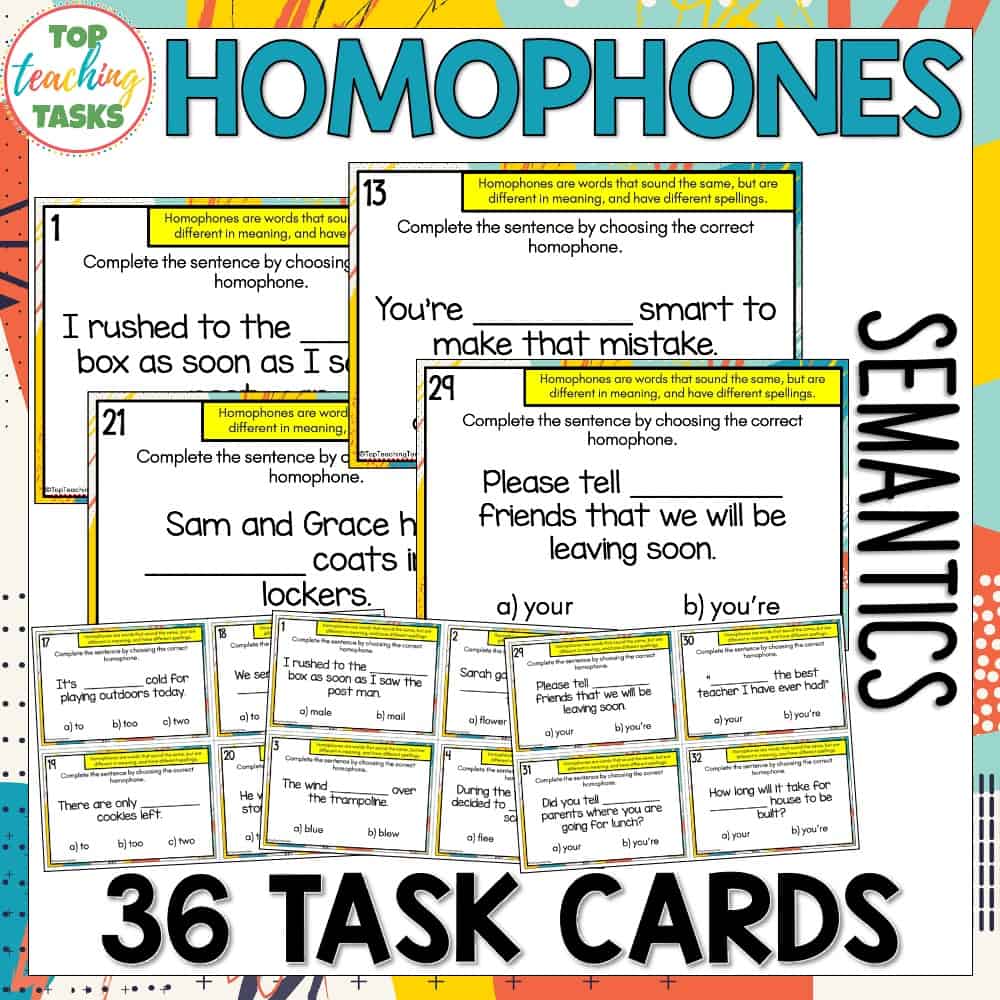


Shades of Meaning
Why teach shades of meaning?
Teaching shades of meaning can improve students’ writing and reading. By learning about the different meanings and connotations of words, learners can express themselves more precisely and choose the most appropriate words to convey their intended message.
Understanding shades of meaning can help students improve their reading comprehension. By learning about the different shades of meaning that words can have, students can more easily understand or infer the meaning of words in a text and get a better understanding of the overall meaning of the text.
Click here to see our Shades of Meaning resources.


Using Context Clues
Why teach students how to use context clues?
Teaching students how to use context clues is an important skill because it helps them to better understand the meaning of new or unfamiliar words that they encounter while reading.
When students encounter an unfamiliar word, they can use the surrounding context to make inferences about its meaning. This can be especially helpful when the word is not defined in the text or when the student is not familiar with the word. This ultimately improves students’ reading comprehension.
Click here to see our Context Clues resources.
Looking for a bigger bundle?
We have a range of discounted semantics and vocabulary bundles available.
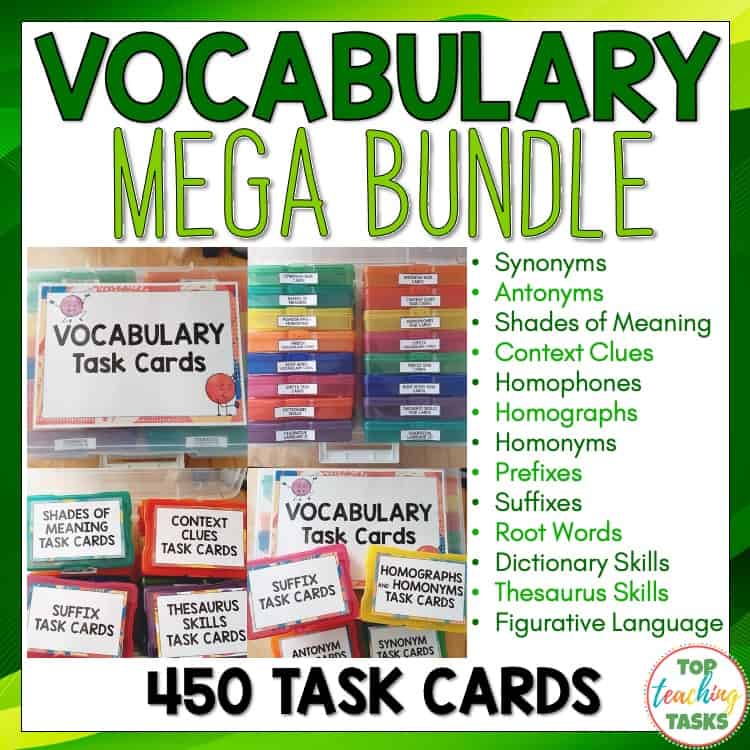

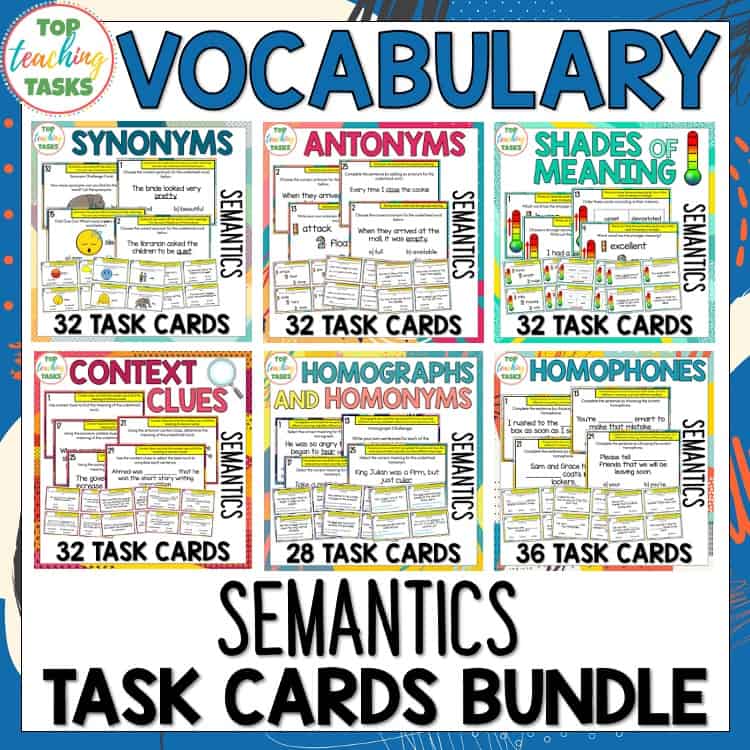
Did You Say Freebie?
We have put together a free set of seven semantics posters. Click here to sign up for our freebie library and you can download them!
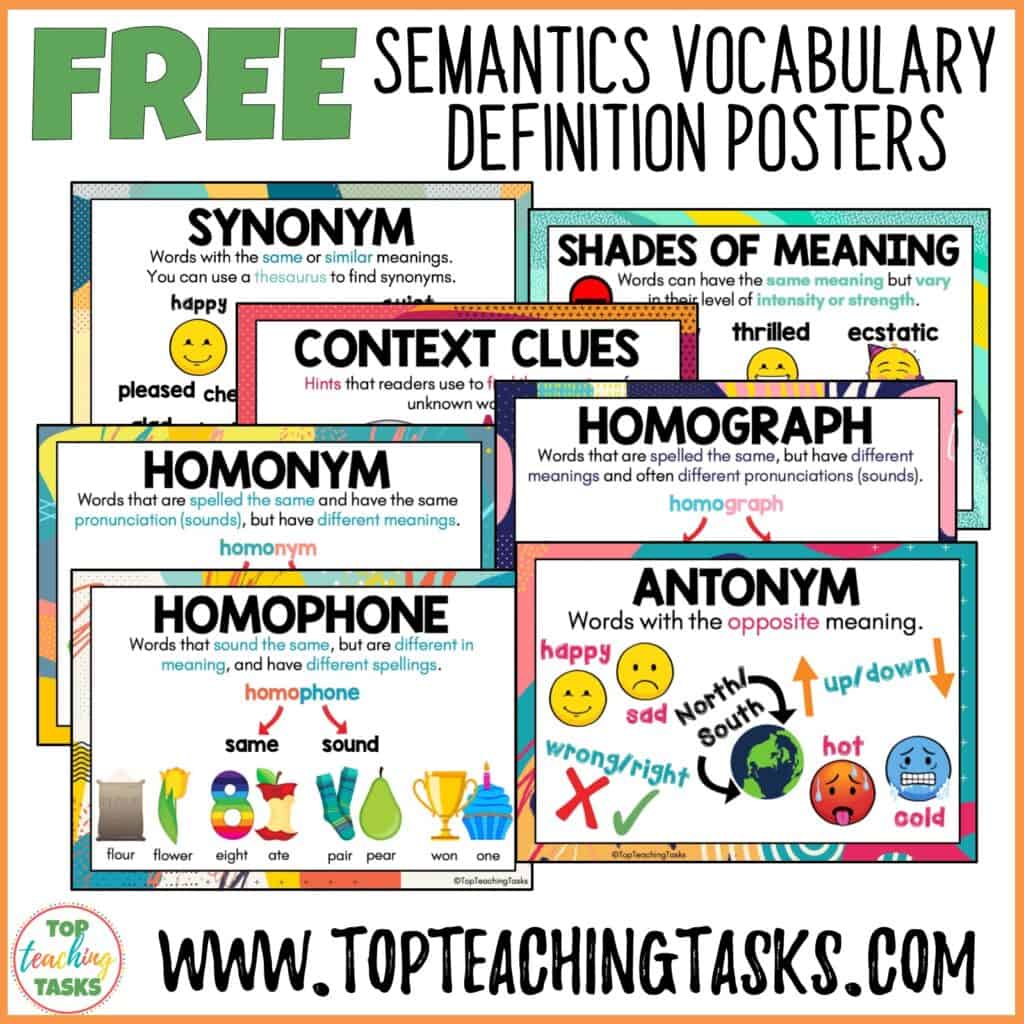
Top Teaching Tasks Membership
To ensure you have access to ALL of our resources, sign up for a Top Teaching Tasks Membership.


